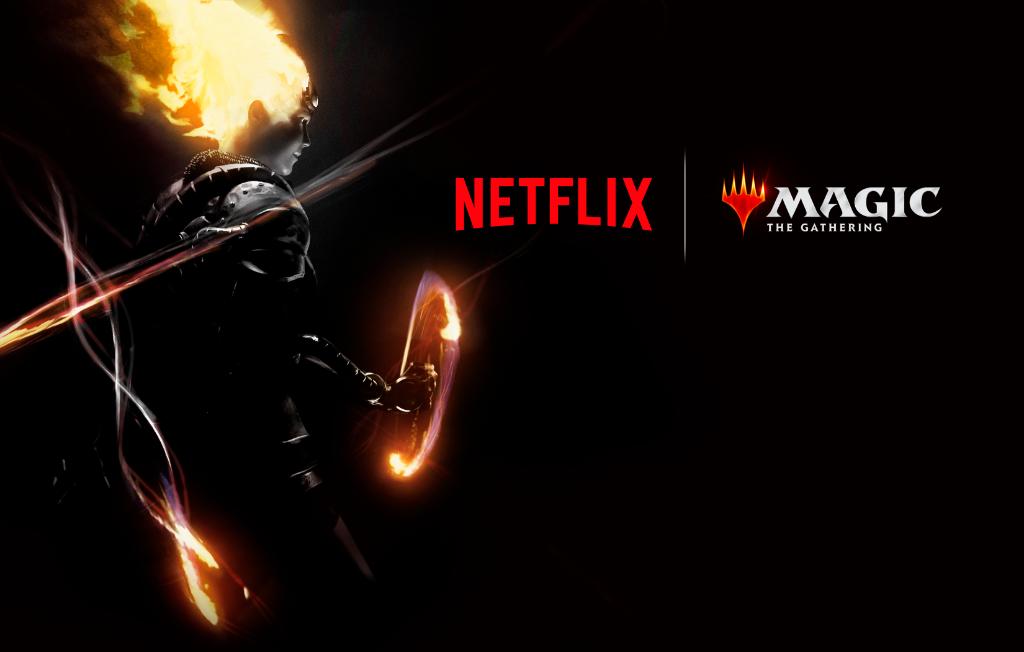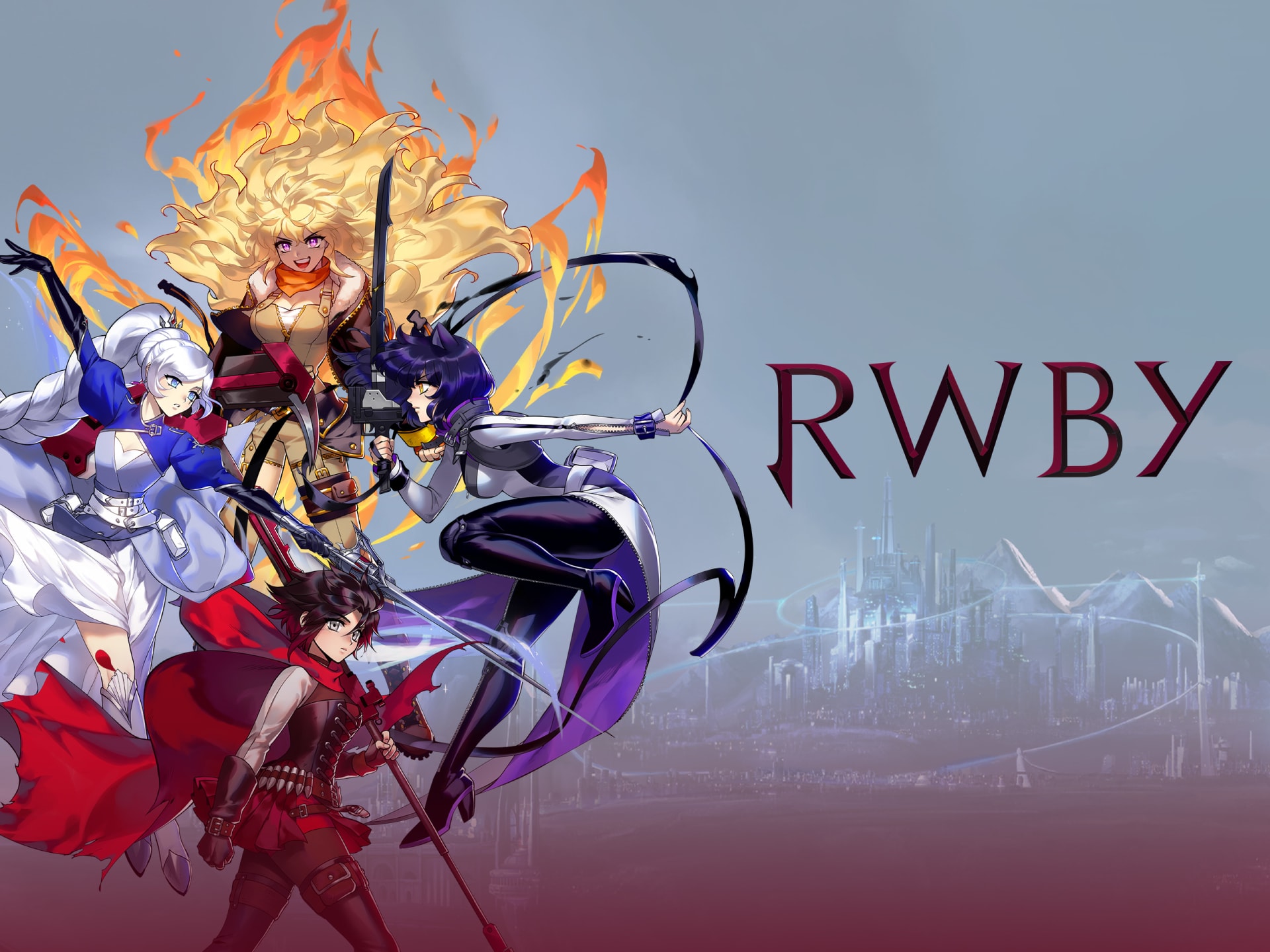English Dub Season Review: Kengan Ashura Season 2 Part 2
Based on the Japanese manga series written by Yabako Sandrovich and illustrated by Daromeon. Season Two Part 2 resumes from where the first half of the season left off, right as the Kengan tournament has officially reached the semifinals. After Toyo Electric Power Company’s coup d’etat, Hayami Katsumasa attempted to make his move for the title of Chairman. Meanwhile, plot twists and unexpected individuals from Ohma Tokita’s past come back to both haunt and sort of bring closure at the same time for Ohma while his Manager Kazuo Yamashita tries his best to look out for Ohma as he faces the strong possibility that his next or final fight in the semi-finals/finals could potentially equate to certain death…
On the technical side, the series was produced by Pony Canyon (Afro Samurai and Attack on Titan), animated by Larx Entertainment (Tekken Bloodline), and continues to be Seiji Kishi and written by Makoto Uezu, with animation by Larx Entertainment. Kazuaki Morita provided character designs for the anime, while Yasuharu Takanashi composed the series’ music for the anime, while Yasuharu Takanashi composed the series’ music. HEY-SMITH! performed the opening theme “Feel My Pain” while Jin Dogg performed the ending theme “NANI?”
There’s not much to say about Kengan Ashura that hasn’t already been said. At its core, the anime is straightforward, emphasizing raw martial arts action with a touch of character development. While it does occasionally dip into themes like power struggles and personal enlightenment, it avoids delving into overly complex or philosophical territory. Each character has their reasons for stepping into the ring, echoing the motivations seen in the first season. The closing episodes of the season bring a satisfying sense of finality to the proceedings.
Season 2, Part 2, picks up where the first half left off, following Ohma Tokita and Kazuo Yamashita as they navigate the brutal underground tournament funded and held by rich elites. The plot remains simple and somewhat repetitive, with a focus on diverse fighting techniques and a wide array of characters. Despite the large cast, the series manages to keep the viewer engaged, with each match sometimes often stretched to at least 1-3 episodes And almost borders on filler given that the animation team had 16 episodes to work with. Thankfully this approach allows for deeper investment in the characters and their development, adding layers to the intense corporate battles that drive the narrative. The surrounding characters, rather than Tokita himself, often carry the weight of the story, highlighting the greasy nature of the corporate world they inhabit.
The fights themselves are the heart of Kengan Ashura, showcasing a diverse array of martial arts styles, some rooted in reality and others more fantastical. The action is thrilling and dynamic, with each character bringing their unique techniques to the ring. Even with its exaggerated abilities, yet keeps the battles grounded enough to be believable, adding a layer of excitement that somewhat felt like an homage of direct to video budget action films with a martial arts tournament structure while also emphasizing how brutal some of their injuries can be, complete with an epilogue in the final episode that ties up loose ends in a way that make sense.
In terms of animation and music, a lot of it stays consistent with what’s previously been established. The choreography remains sharp, and although the CGI models might seem odd at first, they quickly become part of the show’s charm. However, it’s sometimes it’s hard to keep track of who’s talking during the fights, especially since most of them in the character introductions or name tags in Japanese under or above a character that shows their names that aren’t always translated even when the English subtitle setting is on. Aside from that, it tries its best with its use of 2.5-D animation, particularly during the fights, where the fluidity and impact of the movements are well-captured. However, the 2D backgrounds sometimes fall flat, and the color schemes can feel a bit dull. As for the sound, the music complements the action well, though the lack of audience noise during some of the tournament scenes feels like a missed opportunity to heighten the atmosphere, yet the new intro and outro are unique and unexpected in terms of music choices.
Overall, Season 2 Part 2 delivers a solid finale to the series, with a few flaws that don’t overshadow its strengths. While the pacing may be uneven at times, and the reliance on flashbacks and backstories can slow the narrative down, it thankfully shines in its portrayal of martial arts, character development, and the ever-present tension of the tournament, and it offers a proper conclusion to Ohma’s journey in a way that feels deserved. As the fighters continue to push their limits, Kengan Ashura leaves a lasting impression with its unique blend of action and storytelling. Upon research, there’s sort of a Manga time-skip/pseudo-sequel/ continuation of sorts called “Kengen Omega” that’s currently ongoing, but whether or not an anime adaptation will ever be made is all up to Netflix at this point, but I’d still watch it’s ever made into a reality.

























Just cancel this bird already. The chicken is beyond cooked. It's burnt to a crisp.